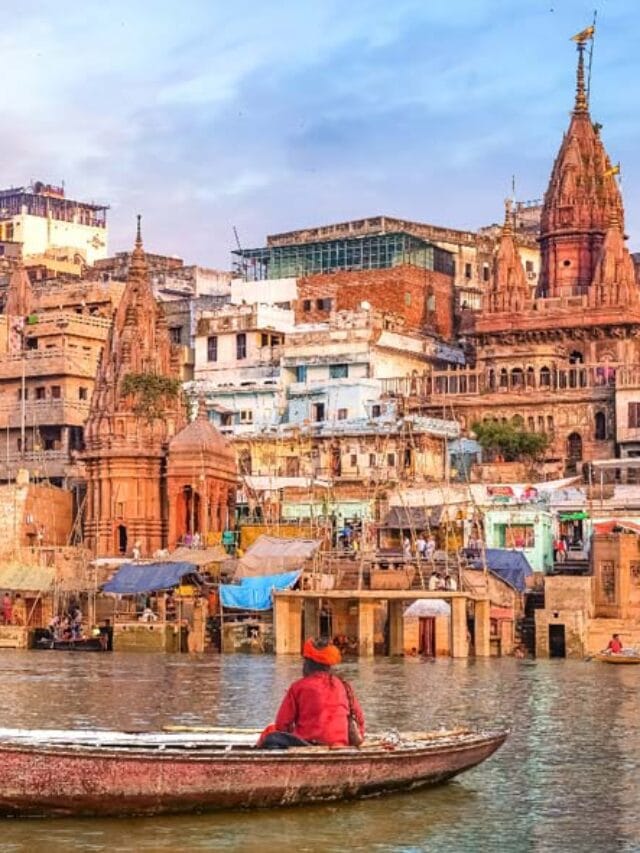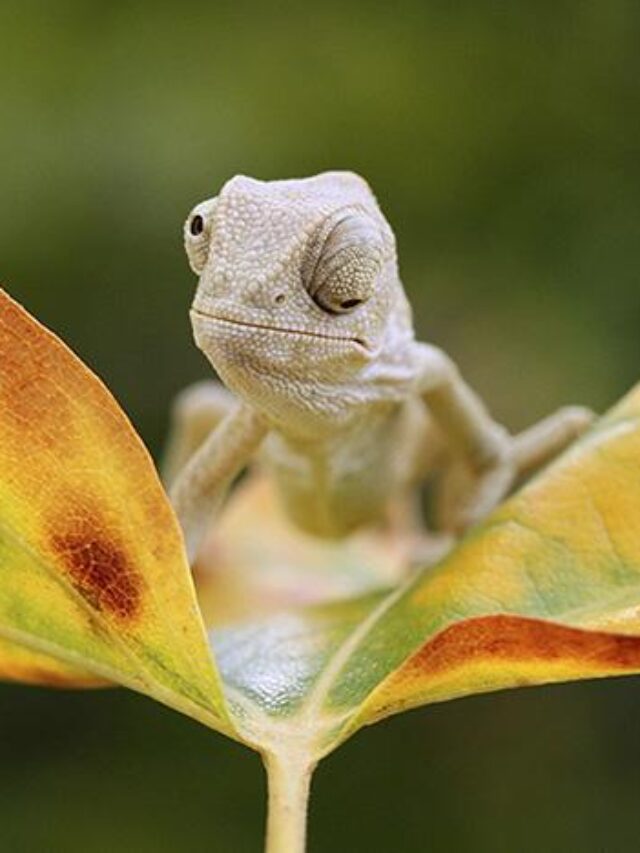
The medieval Indian coins and coinage is an important topic for UPSC Civil Services and other state exams. It is an important part of the Art and Culture topic.
Let’s take a look at the coins and coinage of the important dynasties in medieval India.
Rajput Dynasty
The coins of the Rajput dynasties (11th–12th centuries) were typically crafted from gold, copper, or billion (a silver-copper alloy), with silver being exceptionally rare.
Rajput coinage was categorized into two types.
- On one side of the coin, the king’s name was inscribed in Sanskrit, while on the other side, a depiction of a deity was featured.
- This type of coin was utilized by dynasties such as the Kalachuris, the Chandellas of Bundelkhand, the Tomars of Ajmer and Delhi, and the Rathores of Kannauj.
- The other style of silver currency was introduced by the rulers of Gandhara or Sindh and displayed a seated bull on one side and a horseman on the other.
Pandyan Dynasty
- During the early period, the Pandyan dynasty minted square-shaped coins adorned with an image of an elephant. Subsequently, fish emerged as a prominent symbol on their coins.
- Gold and silver coins bore inscriptions in Sanskrit, while copper coins featured inscriptions in Tamil.
Chola Dynasty
- In the Chola dynasty, Raja Raja I’s coins showcased a standing king on one side and a reclining goddess on the other, with inscriptions in Sanskrit.
- Rajendra I’s coins bore the legend ‘Sri Rajendra’ or ‘Gangaikonda Chola,’ along with motifs of a tiger and fish.
- The Pallava dynasty’s coins featured depictions of a lion.
Vijayanagara Empire
- The Vijayanagara Empire, spanning the 14th to 17th centuries, issued a variety of gold coins, alongside pure silver and copper coins.
- Higher denomination pagodas featured a running warrior with a dagger emblem.
- For everyday transactions, fractional gold fanams and silver taras were used, along with copper coins.
- Earlier Vijayanagara coins, originating from various mints, were known by names such as Barkur gadyanas and Bhatkal gadyanas.
- Inscriptions in Kannada or Sanskrit adorned the coins, depicting images like a double-headed eagle with an elephant in each beak and claw, a bull, an elephant, and other Hindu deities.
- Krishna Deva Raya (1509–1529) minted a gold varahan coin featuring a seated Vishnu on one side and a three-line Sanskrit legend, Shri Pratap Krishna Raya, on the other.
Delhi Sultanate
- The Turkish and Delhi Sultanate coins featured inscriptions with the king’s name, title, and the date according to the Hijri calendar.
- To comply with Islamic prohibitions against idolatry, the coins did not depict images of the issuing king. Notably, the mint’s name was introduced on the coins for the first time.
- Various metals, including gold, silver, copper, and billon, were used in the coins issued by the Sultans of Delhi. Iltutmish introduced the Silver Tanka and Copper Jital.
- Alauddin Khilji modified the original design by replacing the Khalifa’s name with self-congratulatory titles.
- Muhammad ibn Tughlaq experimented with bronze and copper coins, along with a token paper currency that proved unsuccessful.
- During Sher Shah Suri’s reign (1540–1545), two weight standards were established: 178 grains for silver coins called rupees and 330 grains for copper coins known as dams.
Mughals
- The Mughals employed the Mohur as their standard gold currency, weighing approximately 170 to 175 grains.
- According to Abul Fazl’s ‘Ain-i-Akbari,’ a Mohur was valued at nine rupees.
- Additionally, half and quarter mohurs were in circulation.
- The silver rupee, derived from Sher Shah’s coin, gained widespread popularity as the most iconic Mughal currency.
- The Mughal copper currency, based on Sher Shah’s dam, weighed between 320 and 330 grains.
- During Akbar’s rule, both round and square coins were minted.
- Akbar introduced Ilahi coins in 1579 to promote his new religious ideology, ‘Din-i-Illahi,’ with the inscription “God is magnificent, may his honour be glorified.” An Ilahi coin was equivalent to ten rupees.
- The Sahansah, the largest gold coin, featured engravings of the Persian solar months.
- Jahangir portrayed stories through couplets on his coins, and some coins depicted his beloved wife Noorjahan. Zodiac signs adorned his most renowned coins.








Leave a Reply